Vaisakhi or Baisakhi is the beginning of the Hindu New Year. Vaisakha is the first month of the Hindu Lunisolar Calendar, and Vaisakhi is the first day of this month. It is also called Vaisakha Sankranti. Besides being the new year of the Hindus, it is a harvesting festival too. Vaisakhi has both religious and historical significance. It is celebrated mostly on the 13th or the 14th of April, mostly coinciding with other regional Hindu New Year celebrations like Pongal, Vishu and Bihu etc. This festival has equal importance for the Hindus as well for the Sikhs. In this Blog we will let you know about the Importance, History and Rituals of Vaisakhi Festival.
Importance of Vaisakhi
Vaisakhi is the first day of the Hindu New Year and is celebrated as the spring harvest festival by the farmers. For the Sikhs, it is the day on which the foundation of the Khalsa Panth or the Sikh religion was laid by their Tenth Guru Gobind Singh Ji and is called popularly as Khalsa Sajna Diwas. It is also the day on which in the Colonial English General, General Dyer ordered to open fire on many innocent Punjabis gathered at Jallianwala Bagh, Amritsar for Baisakhi celebrations, killing thousands of Innocent People.
Religious significance of Vaisakhi
Vaishakhi being the first day of the Hindu New Year according to the Vikram Samvat has great religious importance for the Hindus as well as for the Sikhs. With the beginning of the solar calendar, the Sun enters the Mesh Rashi, the first zodiac sign amongst the twelve zodiac signs and marks the beginning of the New Year and new month. It also called as the Mesh Sankranti. It is also the day on which the Arya Samaj was founded by Swami Dayanand Sarasvati. This day is also very important for the Buddhists as they believe that Gautam Buddha, attained enlightenment and Nirvana on this day. So, Buddhist too celebrates Vaisakhi with great fervour.
For the Sikhs, it was the day of the founding of the Khalsa Panth or the Khalsa Sect and the beginning of the new religion called Sikhism. The story of Sikhism begins with the martyrdom of Guru Teg Bahadur Ji, who was martyred by the Mughal Emperor Aurangzeb for not accepting Islam. His son Gobind Rai called all the Hindus in Anandpur Sahib and started Khalsa Panth. He called out openly for anyone, who would voluntarily give his life for his Guru. One of the presents came forward for his sacrifice and Guru took him inside a tent and came out with the sword having blood on it. He asked for four more heads and every time he would take the volunteer inside and would come out with the smeared sword. People were scared and some of them wanted to leave the congregation, but suddenly Guru Saheb came out with all the five men in a unique white dress.
He told the gathering that he has founded a new religion, the religion of the pure, the Khalsa Panth. He gave them divine water called Amrit, one by one and took the Amrit from them too. He then added the word Singh with the names of the five people and called himself too as Gobind Singh. He told everyone to add Singh with their names becoming as brave as a Lion to fight the Barbaric Mughals. The process of taking Amrit was called the ceremony of Pahul, and the five sacred men were called the Panj Pyare or the five loved ones of the Guru. Even today, the Sikhs undergo the ceremony of Pahul and it is also called as Amrit Shakna.
Historical Significance of Vaisakhi
History has many incidents that took place on the Day of Vaisakhi. Arya Samaj was founded by Swami Dayanand Sarasvati on this day. Secondly, on this day, the Colonial English General, General Dyer, opened fire on the people gathered in Jallianwala Bagh in Amritsar. Many innocent people were killed in this massacre. This incident acted like the oil in the fire of the freedom struggle against the Colonial rule.
Rituals Performed on Vaisakhi
The Hindus go to temples and pray to Lord Vishnu. They also pray to the Navagraha for the safe and prosperous year ahead. People go to the sacred river to take a holy dip. They take their bath and then offer prayers. Some people especially go to the Ganga River to take the holy dip. Special Bhajans are sung and different pujas are organised.
The Sikhs visit Gurudwaras to pay their respect to Gurus. They take out processions called Shobha Yatra. Community lunches or Langars are organised in Gurudwaras, where people sit together and eat food as the prasad of the Guru. Paths are organised and hymns are sung in the praise of the Gurus and Khalsa Panth.

















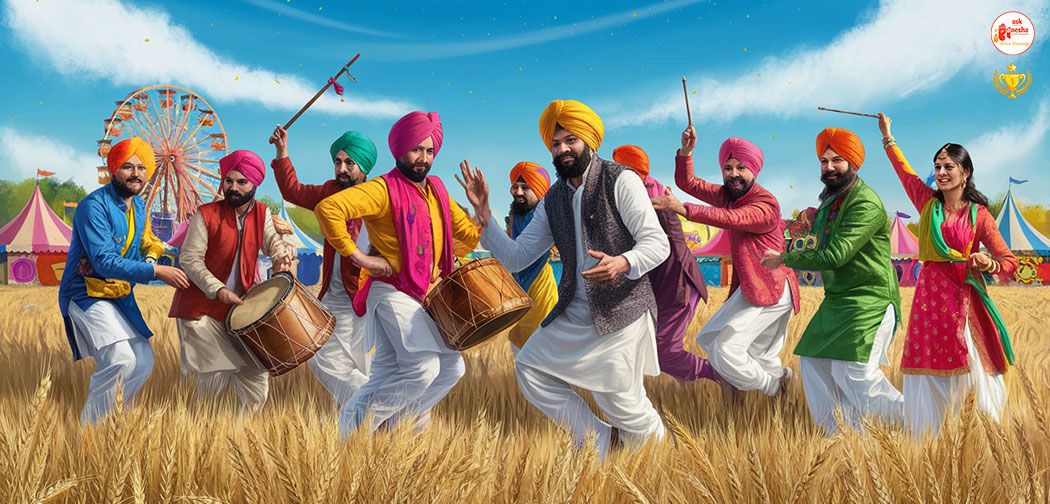
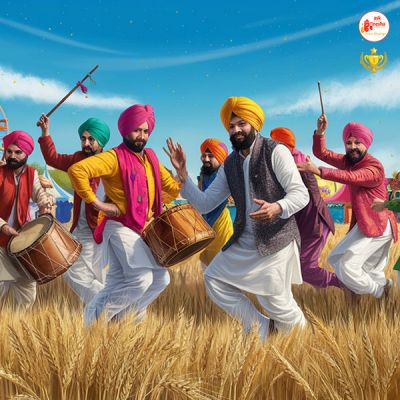



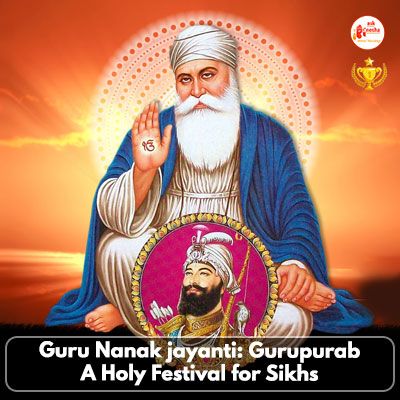
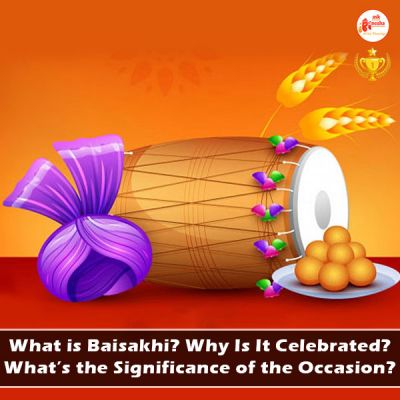
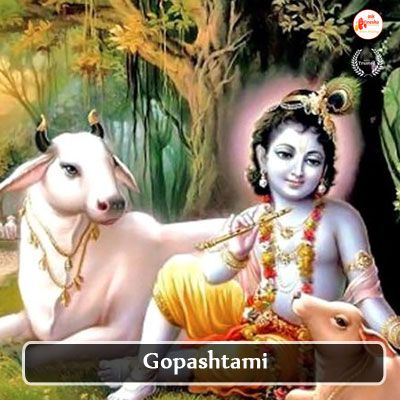

 Translate
Translate